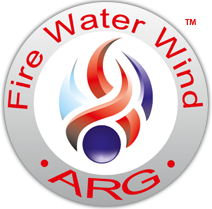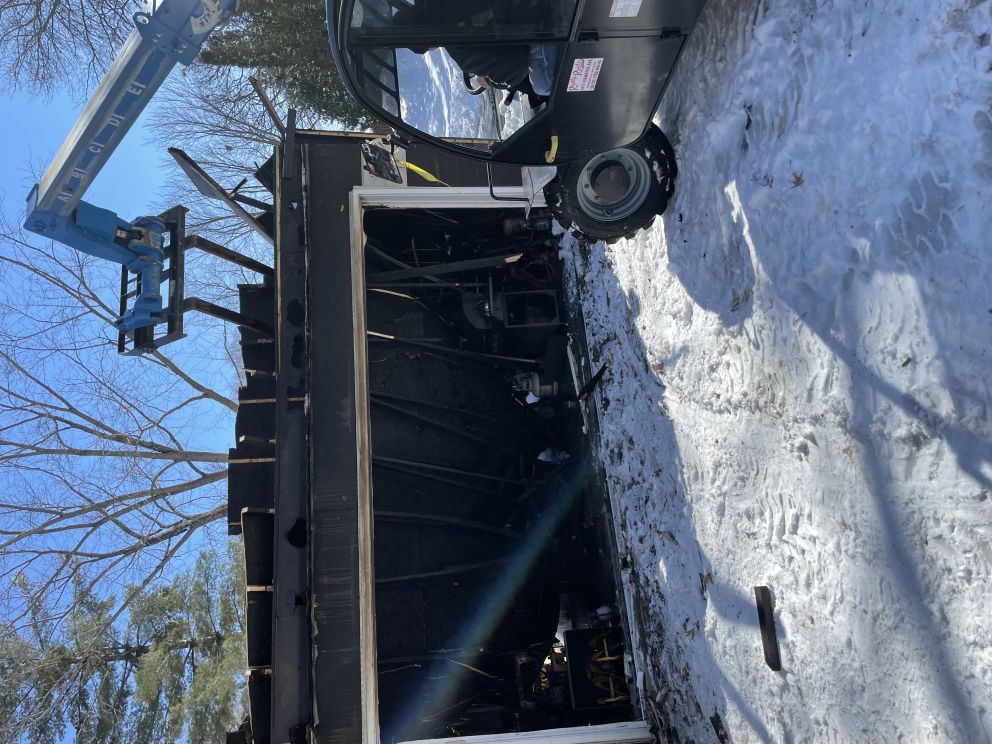Water Damage Cleanup .AI CORP | Fire Cleanup | Saint Paul MN
Posted:Sep 26th, 2024How to Document a Multi-Level Fire Cleanup Project with Sprinkler Systems Going Off
When a fire occurs in a multi-level building, the damage can be complex and widespread, especially if the sprinkler systems are triggered. Documenting the cleanup process for such an incident is crucial for insurance claims, project management, and ensuring the restoration process is thorough and efficient. Below are steps on how to properly document a multi-level fire cleanup project where sprinkler systems have gone off.
1. Initial Damage Assessment
As soon as the fire is under control, begin by conducting a comprehensive initial assessment of the damage. This will help create a baseline for the project and ensure that all areas impacted by the fire and sprinkler system are accounted for.
-
Photographs and Videos: Use high-resolution cameras or smartphones to capture the condition of every affected floor. Document structural damage, water damage from the sprinklers, and soot or smoke residue. Make sure to get close-up shots of specific damage as well as wide-angle views to capture the full scope of each level.
-
Written Notes: Supplement your visual records with detailed notes, highlighting key areas that need immediate attention. Record the extent of water pooling, charring, and any damage to electrical systems, which can be especially hazardous.
2. Create a Floor-by-Floor Report
Since the fire occurred in a multi-level building, it’s essential to document each floor individually. Different areas may have varying degrees of fire and water damage, and organizing your reports floor-by-floor ensures nothing is overlooked.
-
Floor Layouts: Include blueprints or sketches of each floor, marking specific areas affected by the fire or water. This will help keep track of the areas that require attention and serve as a visual guide for restoration teams.
-
Sprinkler Activation Points: Document where the sprinkler systems were activated, and how much water was released on each level. This will help determine the extent of water damage and help prioritize drying efforts.
3. Sprinkler System Impact
Sprinklers, while critical for suppressing fires, can cause significant water damage. Properly documenting the effects of the sprinklers on the structure is essential.
-
Water Damage Mapping: Use moisture meters to check walls, ceilings, and floors for water saturation. Map out areas where the sprinklers caused the most damage, including any pooling of water in lower levels, crawl spaces, or stairwells.
-
HVAC Systems: If the sprinklers were activated, water may have entered the building’s HVAC system, leading to potential mold growth or corrosion. Ensure that you check and document any damage to ducts, fans, or vents.
4. Tracking Structural and Material Damage
Fires and sprinkler activation can weaken walls, ceilings, and support structures. Careful documentation of this is crucial to ensure the building's structural integrity is addressed during restoration.
-
Structural Analysis: Have a licensed contractor or structural engineer inspect the building for damage that could affect its stability. Document all findings, particularly in load-bearing walls, columns, and flooring.
-
Material Loss: Make an inventory of materials, furnishings, and equipment that were damaged by either the fire or water from the sprinklers. Include detailed descriptions and estimated values, as this will be essential for insurance purposes.
5. Document Cleanup and Restoration Efforts
Once the fire and water damage is assessed, the actual cleanup begins. This process needs to be documented meticulously to ensure that insurance providers and property owners are aware of the progress.
-
Daily Logs: Maintain a daily log of cleanup activities, including which floors and areas have been addressed. Be specific about tasks such as water extraction, smoke odor removal, and debris clearing.
-
Before and After Comparisons: Capture before-and-after images of each room or space as it’s cleaned and restored. This will provide tangible evidence of the restoration progress and will be useful for any post-restoration inspections.
6. Dealing with Hazardous Materials
Fires may result in hazardous conditions, such as the release of asbestos or lead particles if older buildings are involved. Water from sprinklers can also cause contamination through mold or bacteria buildup.
-
Document Testing: If hazardous materials are suspected, document all testing conducted by certified professionals. Make sure to note areas that require specialized cleanup or containment.
-
Air Quality Reports: After a fire and sprinkler discharge, air quality can be compromised. Include reports from air quality tests to ensure that toxic substances like smoke residue or mold spores are being removed efficiently.
7. Insurance Documentation
One of the primary reasons to document the fire cleanup process thoroughly is to ensure smooth communication with insurance companies.
-
Damage Estimate Reports: Work with insurance adjusters to create accurate damage estimates, supported by your detailed documentation. This should include the costs of structural repairs, water damage mitigation, smoke cleanup, and any mold remediation.
-
Insurance Forms: Save copies of all forms and documents submitted to the insurance company. Keep a detailed record of communications with adjusters and contractors for future reference.
8. Monitor Restoration Progress
Throughout the fire cleanup and restoration project, track milestones and ensure that any changes to the original plan are well-documented.
-
Updated Floor Reports: As each floor is restored, update your initial damage assessments to reflect the progress made. Ensure that all areas originally impacted by fire or water are fully addressed.
-
Moisture Levels: Recheck moisture levels regularly during the drying process to prevent mold growth. Document any areas that need further drying efforts or treatment.
9. Final Inspections
Once the cleanup is complete, conduct a final walk-through of the building with both the restoration team and property owner.
-
Final Photos and Videos: Take final documentation to capture the restored state of the building. This will serve as proof that the property has been returned to its pre-fire condition.
-
Certification of Completion: Obtain certificates from contractors for completed work, including mold remediation, water extraction, or smoke damage restoration. Provide these documents to the property owner and the insurance company.
Conclusion
A multi-level fire cleanup project with sprinkler activation is a complicated and detailed process. By meticulously documenting every stage of the cleanup and restoration, you’ll ensure a smooth recovery for both the building owner and any insurance claims that may arise. Proper documentation not only keeps the project on track but also provides peace of mind that all damage is accounted for and addressed.
Published by Water Damage Cleanup .AI CORP

